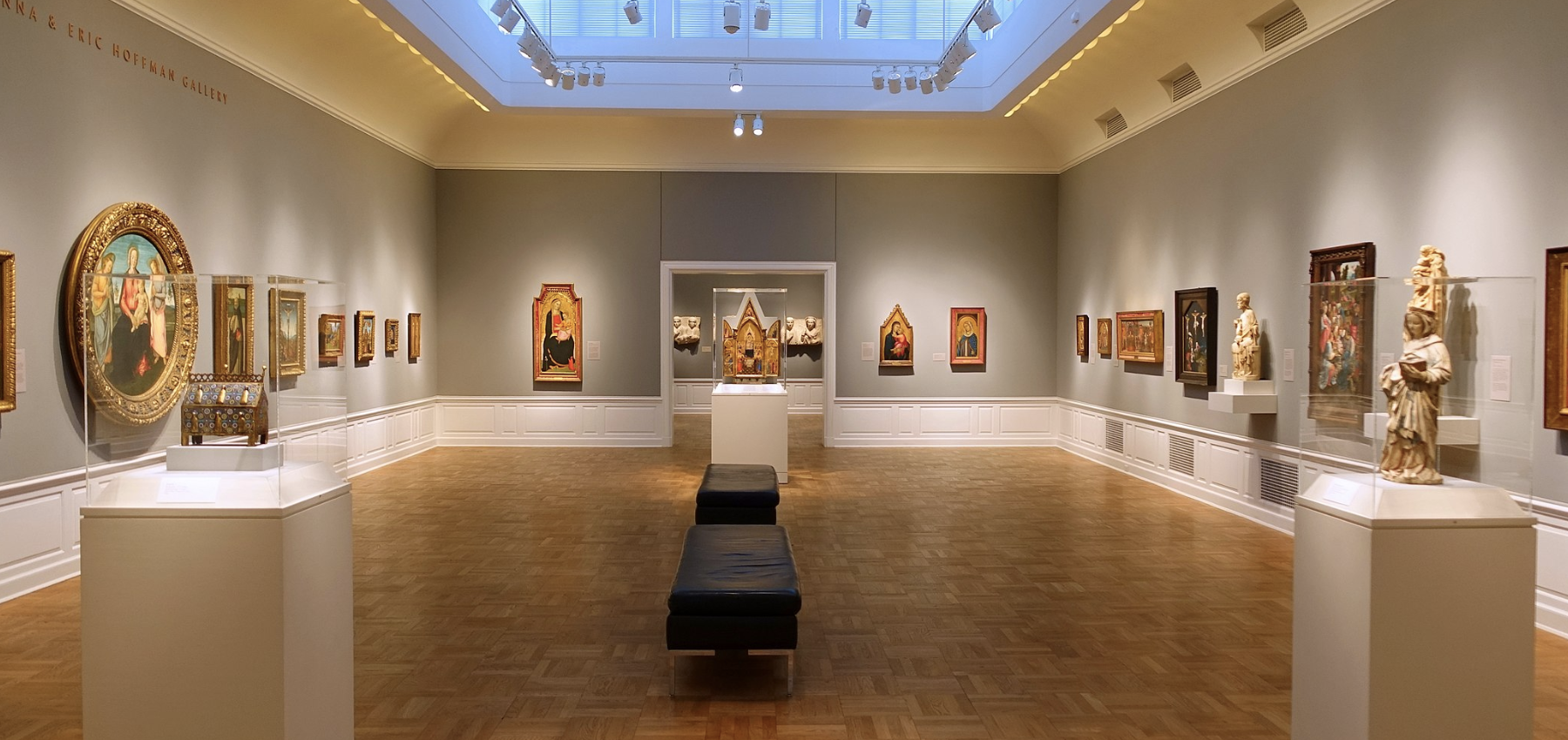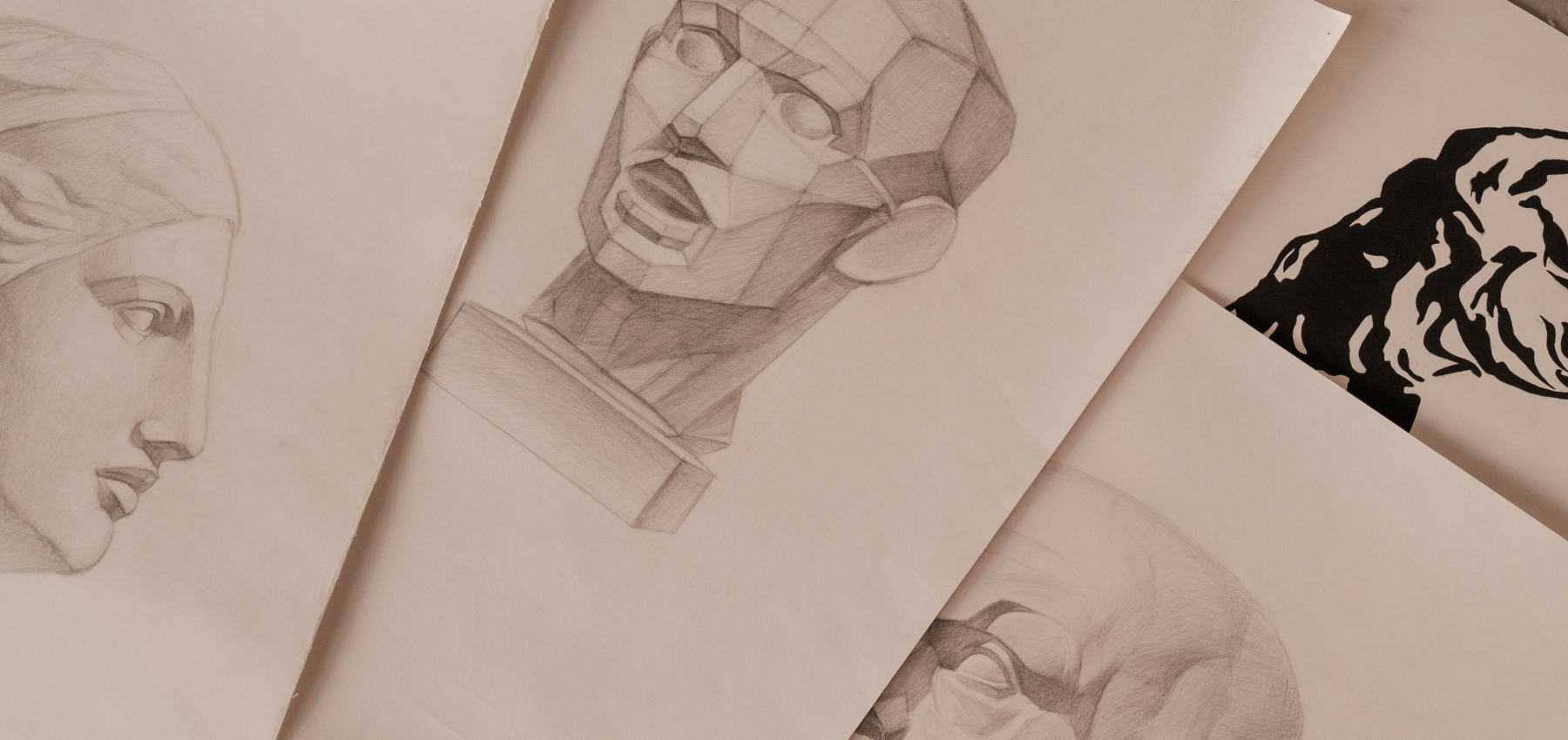
Updated on November 28, 2022
Why Portland Oregon is a Great City for Artists
Known for its four seasons of sunshine, cool temperatures, and eye-catching foliage, Portland has a lot going for it. It’s also a remarkably welcoming city, with residents who are eager to support their arts community. Whether you’re a professional artist or a creative hobbyist, Portland offers everything you need to make your mark.
The city is known for its arts community and eclectic mix of businesses and neighborhoods. Many of the art festivals, music events, and events related to the arts are held in central locations. The Pearl District is known for its art galleries and is a great place to start your search.
The city’s largest art museum, the Portland Art Museum, is also a top draw. Its permanent collection is a testament to the history of the city. It’s also one of the oldest art museums in the United States.
In addition to the museum, Portland is home to several art galleries. In particular, Blue Sky Gallery is unpretentious and offers an extensive collection of Northwest artists. The gallery also has a public library and archive, which is a nice perk. They’ve been exhibiting contemporary photography in Portland for over forty years. The gallery also has an excellent archive of Northwest photos, which are available for purchase.
For theater buffs, there are numerous companies putting on quality shows. The Artists Repertory Theatre is the longest running professional theater company in Portland. They aim to engage a diverse audience through fresh and innovative performances. They are also the only arts organization in the west that exclusively produces dance performances.
Other notable sights include the Portland Art Museum and the Portland International Film Festival. Both festivals are held in Portland throughout the year. Portland is also known for its eclectic music scene. Many of the city’s music venues pay their musicians to perform, making it a great place for a musician to make some money. The Portland Jazz Festival returns in February. The city also hosts a classical music festival in the summer.
Portland’s art scene is dominated by a philanthropic base. The City of Portland’s Regional Arts and Culture Council is an organization that helps support and encourage the local arts community. It also works to increase funding for the arts by putting on events and securing philanthropic grants.
Other notable art facts include the presence of the Portland Art Museum and the aforementioned Pearl District. The city has also been known for its hippie culture. This was evident in the 1960s, when hippies were the new cool. Throughout the years, Portland has continued to attract creative types who value their independence. The city also features a variety of bazaars, museums, and other art venues.
The city also hosts an unending stream of events. The city is known for its hippie culture, but in the past few years, Portland has also attracted intellectuals and financial companies like FairCredit from all across the country. The city also has the largest number of craft breweries and alternative food eateries in the country.

Updated on November 22, 2022
How to Learn How to Draw
Whether you want to create beautiful portraits or detailed sketches, the ability to draw is a skill that can be learned. Whether you’re a new artist or have been drawing for years, there are many ways to improve your skills.
Draw from a photo
Using a photo as a reference can be a great way to learn how to draw. However, there are a few things you need to keep in mind.
Firstly, you need to choose a photo that has a good balance of light and dark. This helps you focus on the highlights and shadows in your subject.
Secondly, you need to take your time. You need to process all of the information in the photo. You need to take photographs from different angles. You can even mix parts of different photos. You don’t have to make an exact copy of the texture, but you can use your imagination to make it unique.
Another thing to remember is that drawing from a photo doesn’t always produce a very accurate copy of the object. For example, if you were trying to draw a child’s face, you may not have been able to reproduce the color of the eyes. For this reason, you might want to choose a photo that is darker or more moody.
Draw from an art piece by a master
Creating a masterpiece involves more than just a fancy pencil and paper. The right supplies can make all the difference. Here are some suggestions.
The aforementioned pencil and paper may also be accompanied by a clean desk, and the best space to do your creative work. You can also join online art groups to get some constructive feedback.
You can also try drawing from real life. This is a great way to get a sense of the subject matter and see it in context. The best part about this is that you will also have a sense of the size and weight of the subject matter.
The best way to do this is by attending a drawing class. A class will keep you on track and offer you corrections for your mistakes.
Create quick sketch gesture drawings or draw from your memory
Creating quick sketch gesture drawings or drawing from your memory to learn how to draw can be a fun and rewarding activity. These quick sketches can help you develop your drawing skills quickly and improve your drawing technique.
The basic principles of gesture drawing are to capture the movement of the body and to study the form of the subject. This method of drawing can be applied to a number of mediums, including pen and ink, charcoal, and even watercolor.
To start, you should consider the overall form of the figure, the contour of the body, and the volume of the parts of the body. You can also use dramatic lighting for gesture drawings.
Once you have a basic drawing, you can try adding more detail to the figure. This method is also known as exaggerating the form. This helps you to practice drawing from life. You can also try drawing from photos.
Practice in a journal
Practicing drawing in a journal can be a great way to improve your art skills. Not only will you get better at drawing, but you’ll also improve your observation skills. It’s also a fun activity that you can do anywhere. If you’re on a beach, in the mountains, or on a trip to the zoo, it’s a great way to document your travels and stay in touch with your creative side.
Drawing can take many forms, and you can practice many different kinds of lines and patterns. You’ll be amazed at how much practice you can do in a very short time. You don’t have to worry about getting the perfect line, but you do need to practice and have a good understanding of how to draw.

Updated on November 22, 2022
Hipbone Art Studio
Whether you are a beginner or an advanced artist, you will find that the Hipbone Art Studio has classes and events that will help you develop your creativity. In addition to the art classes offered, the studio hosts concerts and exhibitions.
Figure drawing
Whether you are an artist or simply want to improve your drawing skills, you should consider life drawing classes. The best way to improve your drawings is by practicing on a live model. The benefits of life drawing include the ability to observe malleable forms of the body, observe forces acting on the body, and observe the way muscles work.
The most useful structures for figure drawing are bones. Bones give the body structure and provide ridged anchors. Musculature helps to define much of the body’s volume, and is joined with tangents of starting shapes to create mass. Fat helps to soften the appearance of the muscle and soften the sharp edges of shadow. Fat is also stored for energy and insulation.
When drawing a figure, the artist needs to practice dynamic poses. Practicing side views is necessary to understand how the muscles work. The artist also needs to turn the figure to get an idea of its shape. Taking just two seconds to analyze the figure as a whole will help the artist see minor details throughout the figure.
Most artists begin figure drawing with gestures. These gestures indicate how the body is moving, and add rhythm and feeling. Most artists start with three lines, from knee to hips. However, some artists prefer to draw a quick outline of the model first, which makes drawing easier.
Many artists also choose to draw from nude models, which capture the full essence of the figure. Nude models are used in figure drawing to capture the full body, and can also be used to see a large variety of poses.
The first few minutes of a pose are the most energetic and tense of all. During this time, the life model’s skeletal and muscular systems are at their most effective. The muscles act on the bones to help the body move, while the bones support the core of the torso.
In life drawing, a short pose of a minute or two is ideal. This allows the artist to establish large shapes in the body. It also allows the artist to record concentrated details, such as the surface of the model’s body.
Paintings
Located in Portland, Oregon, Hipbone has a storied history in the art world, as well as a plethora of perks, perks, and perks. One of these perks is a free giclée printmaking station. The studio’s other perks include free access to an art gallery. The studio also has a studio on the premises for a select few artists. In the grand scheme of things, a studio space is an enviable perk. One of these lucky few is a recent transplant from the East Coast. Having a studio space in Portland makes traveling the Pacific Northwest somewhat of a breeze. Having a studio in the city has also spawned some interesting networking opportunities.
Classes
Whether you are interested in painting, drawing or sculpting, Hipbone Art Studio offers classes for all skill levels. Classes are offered throughout the year, including Beginning and Intermediate Figure Drawing, Figure Painting Intensive, Introductory Drawing and Anatomy Drawing. To register, go to the studio’s website. Classes meet weekends and evenings, and there are drop-in classes as well. You can also enroll in an uninstructed group, or take an intensive course.
Classes take place at Hipbone Art Studio’s Longtown studio, which is a longtime arts space that hosts exhibitions and concerts. The studio’s simple, clean, and functional setting allows students to learn in a welcoming environment.
